This spicy djansang recipe is a sourdough flavour you didn’t know you needed, it is nutty, spicy and absolutely delicious.
As I continue my sourdough journey, I am ever so curious about how African-inspired flavours can work with sourdough. In fact, I keep mixing and matching different indigenous spices and condiments together to see what sticks. This Djansang Bread combo (djansang with bird’s eye chilli) is one that stuck and boy is it good.
Let’s get to know the key ingredients.
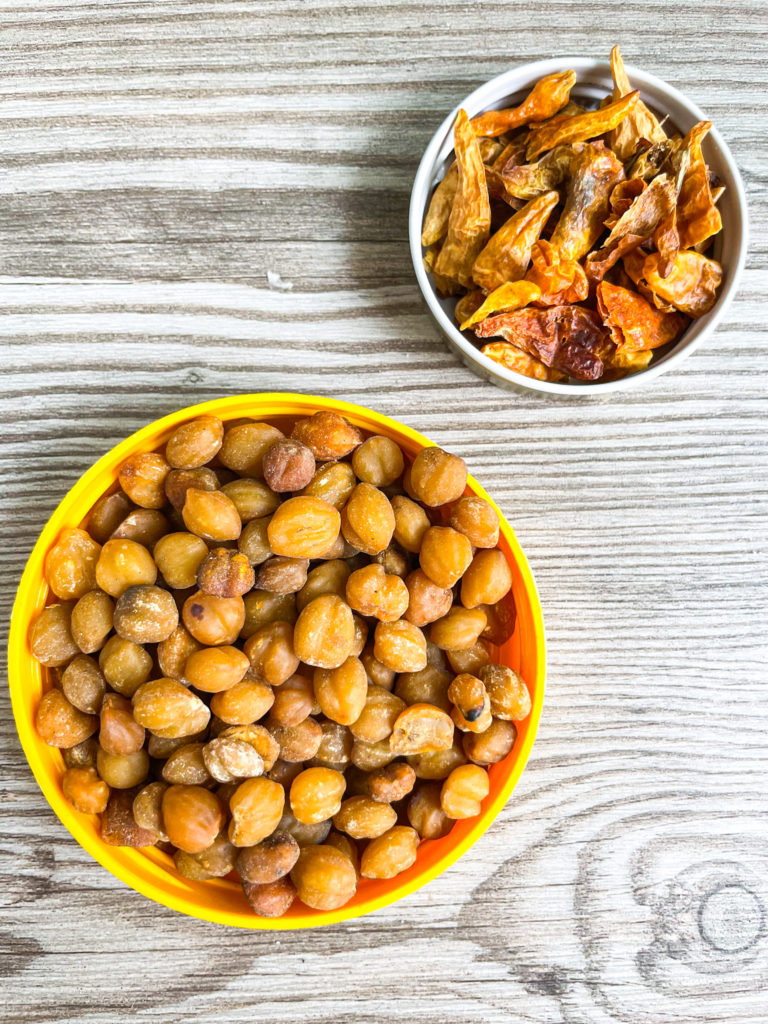
What is djansang?
Djansang (also known as akpi) is from the tree of the same name and is scientifically known as ricinodendron heudelotii . The tree is indigenous to tropical Sub Sahara Africa stretching from Senegal to Tanzania. The tree grows wild in forested regions but can be an integral part of an agroforest as it helps improve soil fertility. The ingredient of interest is the seeds found in the fruit of the tree, which are harvested, boiled then dried. They have a nutty and oily smell to them and are commonly used as a thickening agent in many some African soups and stews. For more details on djansang, please check out this website (click here). I purchased mine at AfroCan (click here)
African Bird’s Eye Chillis
If you are familiar with Thai chillis (longer cousin) then you are familiar with bird’s eye chilli. These short and spicy chillis are grown all over sub-Sahara Africa and go by different names, but most popularly piri piri. They are incredibly spicy but bring a really nice flavour.
All the Ingredients you will need.
I use the same base of ingredients for all of my sourdough loaves
- Sourdough Starter at 100%: If you want to learn how to make a sourdough starter, please check out my sourdough 101 blog post. I feed my starter the night before with at least 100g of flour (50% All-purpose flour, 50% rye) and 100g of water to have enough for loaf the next day.
- Water: Filtered water is best
- White Bread Flour: I use an unbleached white bread flour I get from my local bulk store
- Whole Wheat Flour: whole wheat flour is what gives the bread a depth of flavour and the slight sourness
- Salt: good quality sea salt is the best. Salt is important, even though we are adding miso, it helps slow down fermentation to allow the dough to develop flavour
- Flavour additives: Djansang and African Bird’s Eye Chilli
Let’s make some Djansang Bread
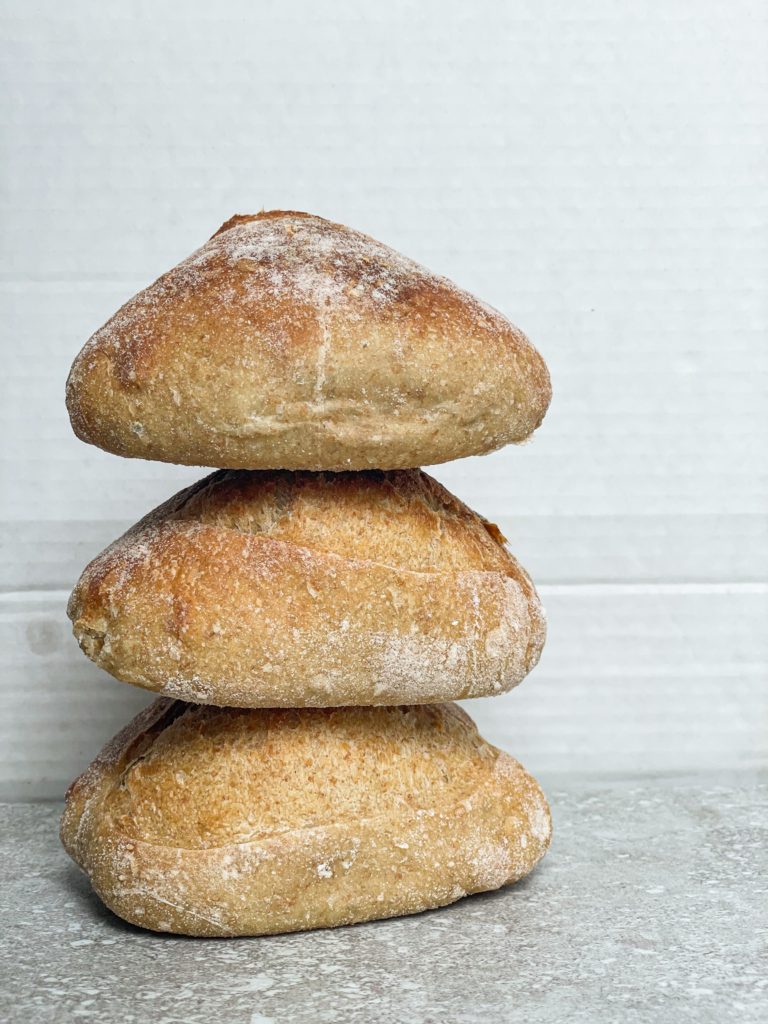
Baker’s Percentage (more details found here)
Weight per 500g Loaf
- 20% starter at 100% hydration
- 75% water
- 80% White Bread Flour
- 20% Whole Wheat Flour
- 2% salt
- 1.5% djansang
- 1% bird’s eye chilli (or chilli flakes)
- 100g starter at 100% hydration
- 350g of water
- 400g White Bread Flour
- 100g Whole Wheat Flour
- 10g salt
- 7.5g of djansang
- 5g bird’s eye chilli (or chilli flakes
Direction
- When your starter is ready, mix the starter with the flours and water to autolyse for 1 hour
- After the 1 hour, add in the salt, slap and fold the dough a few times to start the development of gluten. For more details on kneading sourdough, please refer to this video (click here)
- Place the dough in a bowl and let it rise for 2 hours. Give it a series of stretches and folds to help develop gluten. For more details, please refer to this video (click here). At the end of the time, your dough should be about 1.5x the original size.
- While the dough is doing its thing, weigh out the djansang and chilli, toast them dry in a pan at medium heat for about 5 mins or till it gets nice and fragrant. Pour the djansang and chillis in a mortar and perstle then grind till all the djansang seeds have been well crushed.
- Place the dough on a surface and stretch it out till you get a rectangle that is about an inch thick.
- Spread the djansang-pepper mix all over the loaf then fold like a tight envelope. This process is called laminating. You can reference this shaping technnique through this video (click here)
- Let the dough rise for another hour .
- To shape your dough, place the dough on a nice even surface, cut it into 6 even loaves (weigh the entire dough then divide into 6)
- Dust your surface with flour then proceed to shape the loaf well. For references on shaping, please refer to this link (click here)
- Place the rolls on a lined baking sheet and put in the fridge while you preheat the oven to 450°F. Once hot, add a small pan with steaming water to the bottom rack.
- Quickly score the loaf using a single sharp motion to cut a slit and place the bread in the oven
- Bake at 450°F for 15 minutes. Remove the pan with water then lower the temperature to 400°F. Bake for another 20 minutes. If you want the loaf to be brown, you can broil at 500°F for 2 minutes at the end of baking
- Take the loaves out and let it cool completely.
- Your spicy djansang loaf is ready
- The loaves work well for sandwiches.
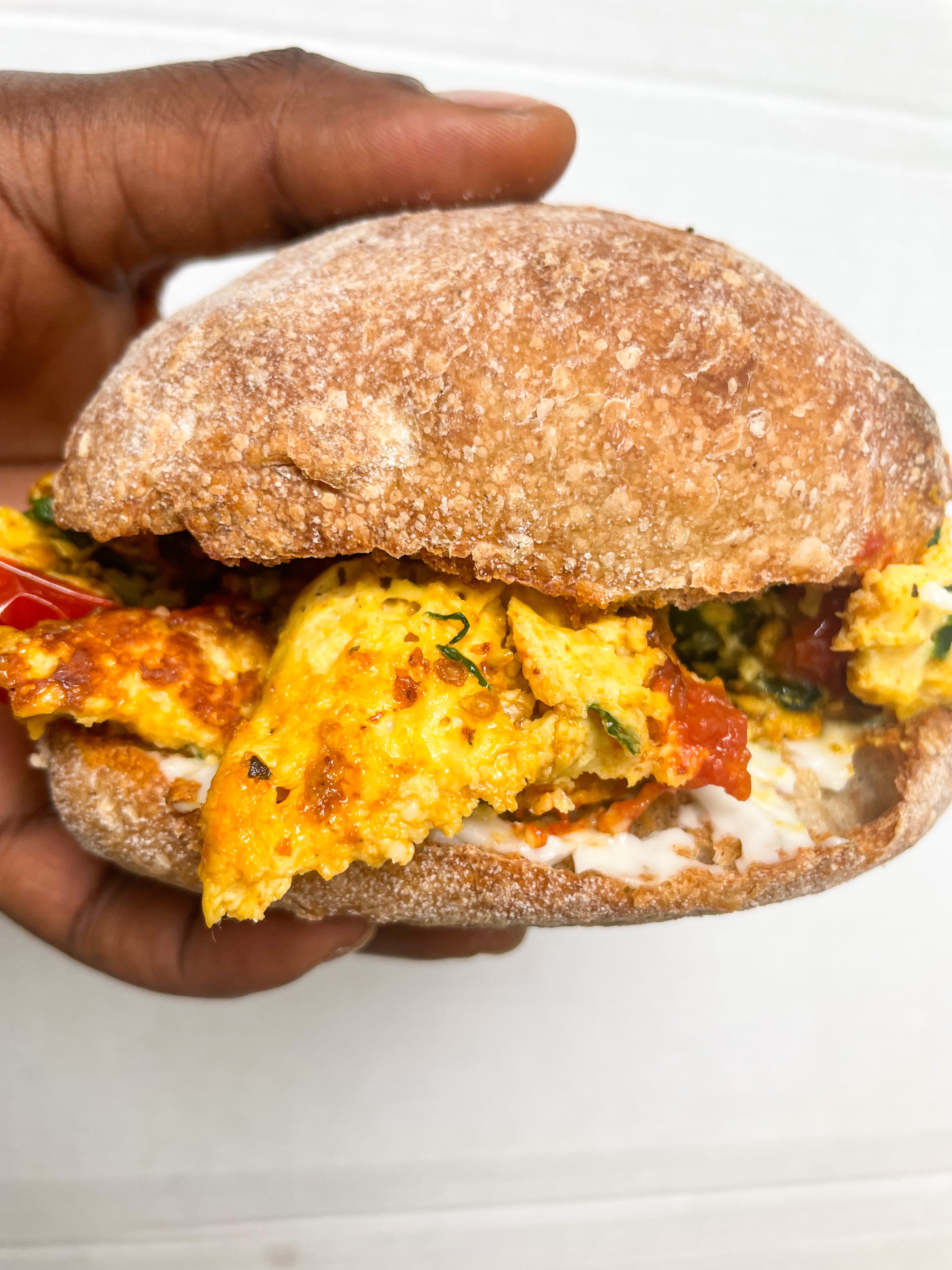
Want to check out more sourdough recipes?

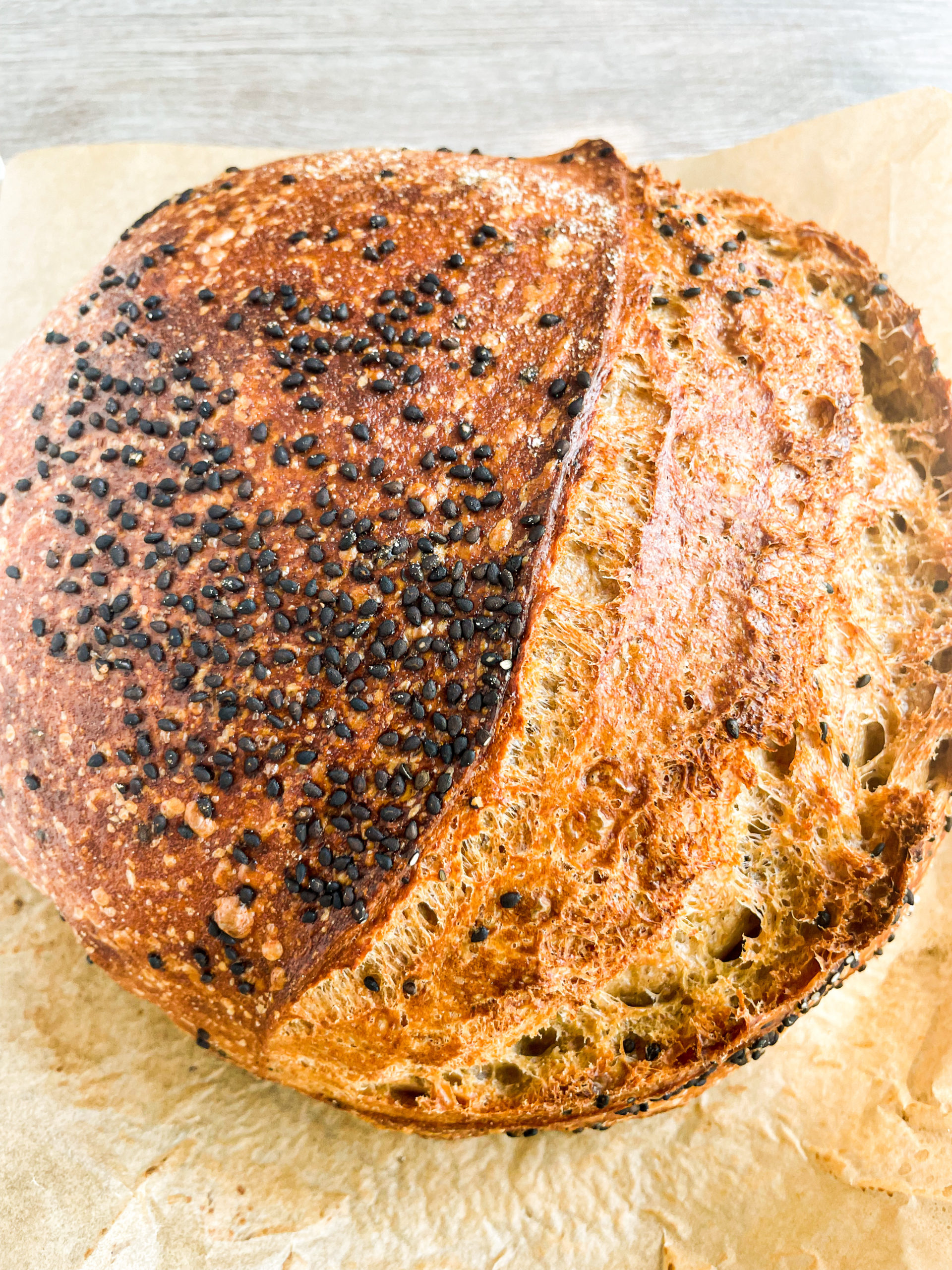
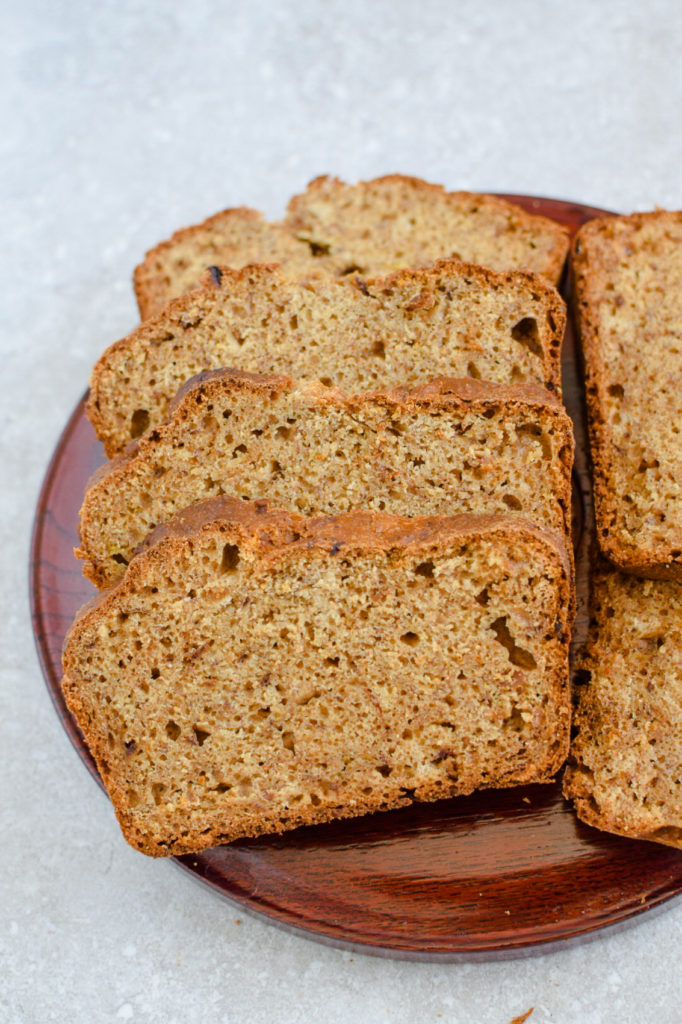

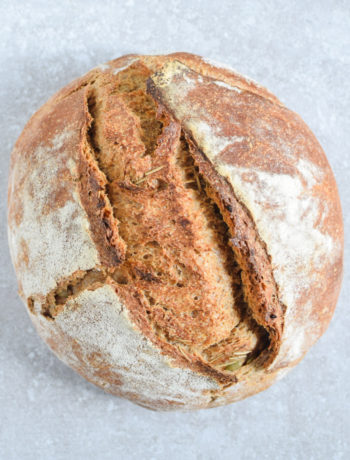
2 Comments
Sobolo: Spiced Hibiscus Drink - The Canadian African
December 7, 2022 at 12:55 am[…] but also a ton of medicinal properties. These spices include grains of Selim, grains of paradise, African bird eye chilli and many more. For more info on Ghanaian spices, check out this blog post (click […]
Vegetarian Light Soup - The Canadian African
February 6, 2023 at 8:14 pm[…] tomatoes, onions, (sometimes) garden eggs, (sometimes) palm oil, (sometimes) tomato paste, akpi (click here for details) and seasoning. Ivorian soups, unlike Ghanaian soups, do not strain the blended mixture leaving a […]